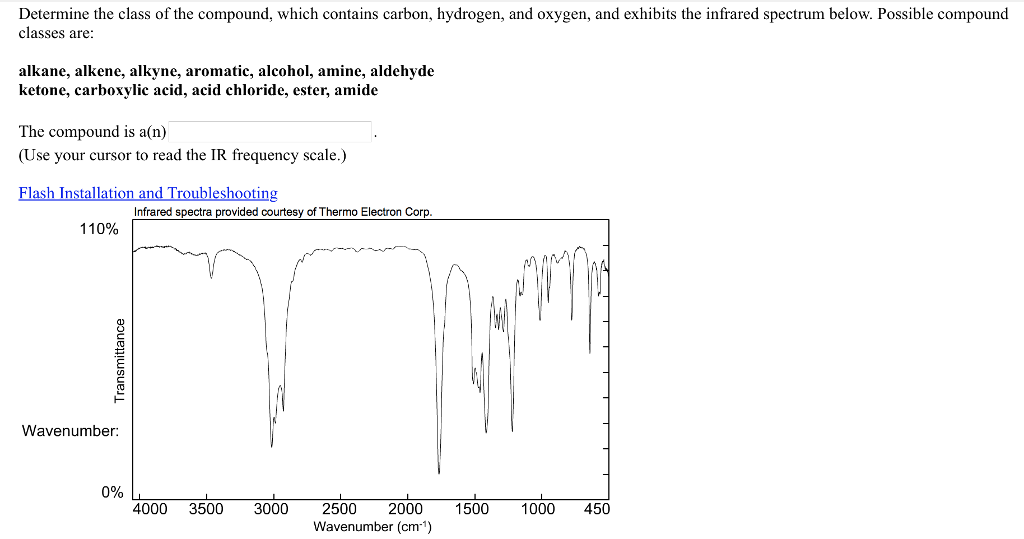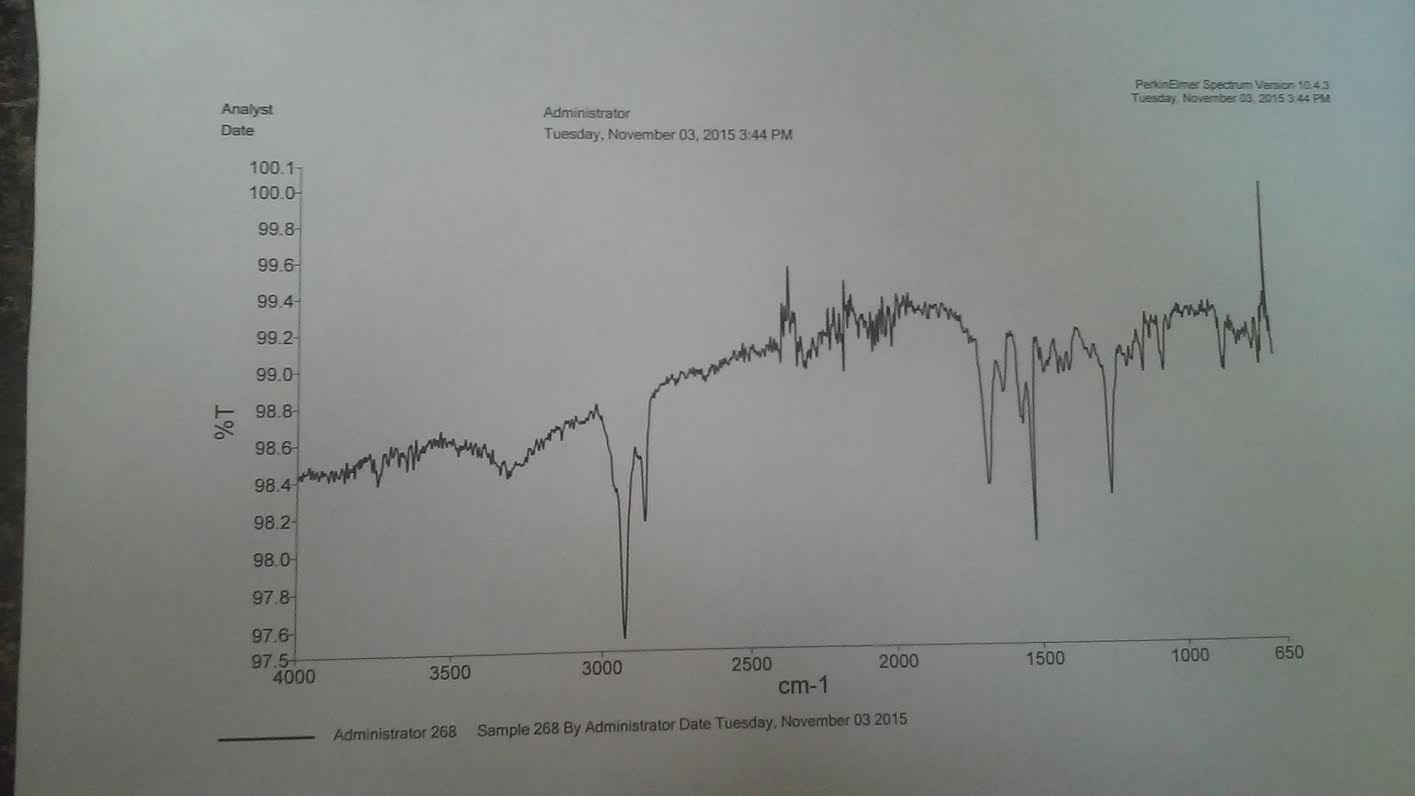

Examples of such work include CO + CH 4 and C 18O + C 2H 6 ices warmed after electron irradiation at ∼5 K (Kaiser, Maity & Jones 2014 Abplanalp et al. Propanal has been reported several times as a reaction product in low-temperature laboratory studies designed to probe the chemistry of icy extraterrestrial environments. (a) formaldehyde, (b) acetaldehyde, (c) glycolaldehyde, (d) propanal (propionaldehyde), (e) propenal (acrolein), and (f) propynal. Structures of aldehydes identified in the interstellar medium.


The quantitative measurements we report, such as IR intensities and optical constants, will be useful in laboratory investigations of the formation and evolution of propanal-containing ices, will serve as benchmark data for theoretical investigations, and will inform observational studies. In this paper, we examine the IR spectra of solid propanal (HC(O)CH 2CH 3, propionaldehyde), along with several physical properties, for both the amorphous and crystalline forms of the compound. However, laboratory work on the aldehydes has scarcely kept pace with astronomical discoveries as little quantitative solid-phase infrared (IR) data have been published on any of the aldehydes, and the same is true for important properties such as density, refractive indices, and vapour pressures. Among the classes of interstellar organic compounds found are the aldehydes. Chemical evolution in molecular clouds in the interstellar medium is well established, with the identification of over 200 molecules and molecular ions.


 0 kommentar(er)
0 kommentar(er)
